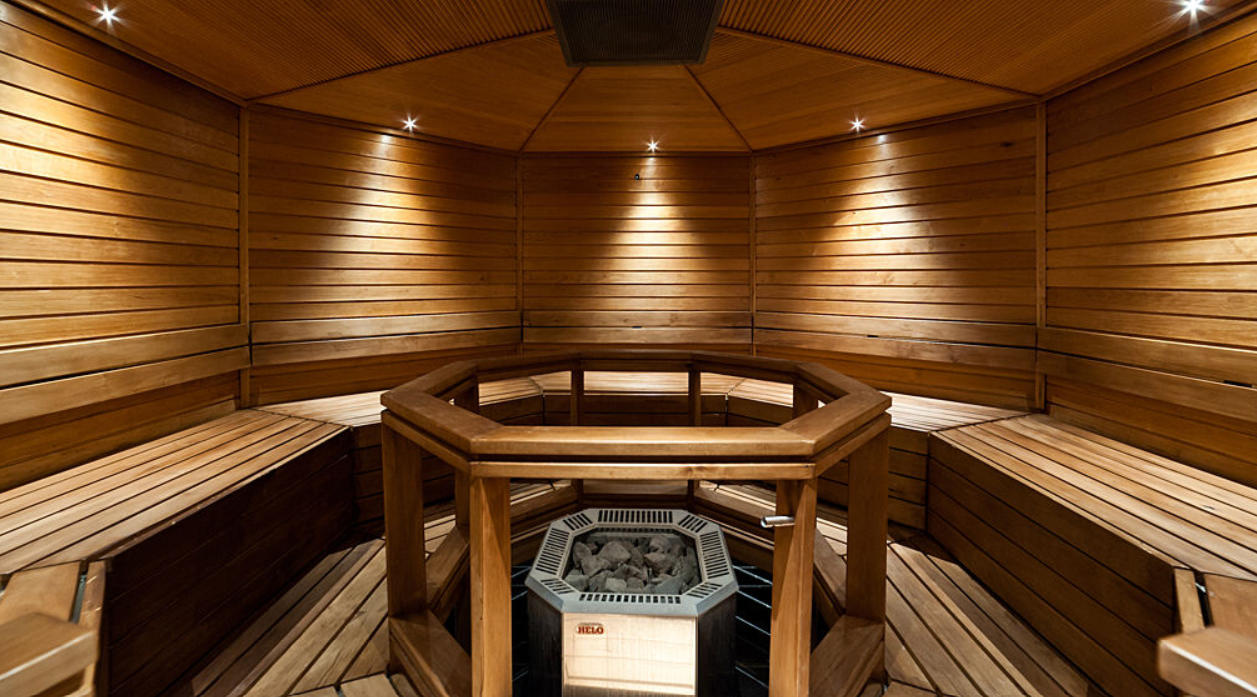A good Finnish sauna is the sum of many factors. No single choice in the process guarantees success on its own — even the choice of heater. In addition to creativity, a user-oriented vision is important to make the sauna an enjoyable place for sauna bathers.
A high-quality and authentic Finnish sauna is carefully designed. It is important for the person building the sauna or having it built to understand the basic technology. This is how the most typical design errors are avoided. By following this guideline, the end result will be a sauna where bathers can enjoy pleasant steam. It also promotes the health and wellbeing of the sauna users.
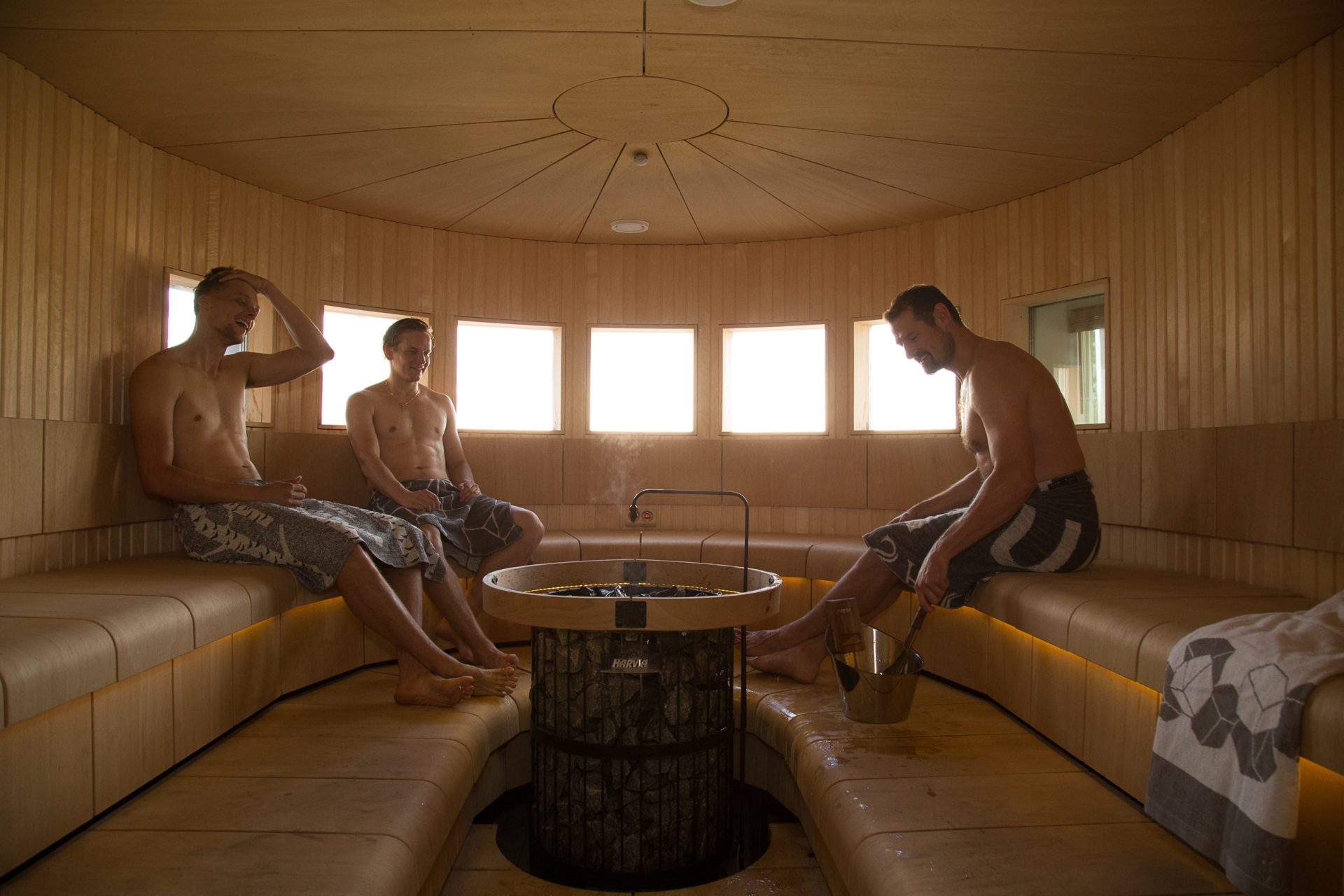
According to writer and sauna designer Lassi A. Liikkanen, a successful sauna is created through a range of choices related to heat, air quality and the design of the steam room. An artfully designed sauna provides a solid foundation for the sauna experience. After four years of background research, Liikkanen published a book called Secrets of Finnish sauna design. In the book, research, theory and best practices go hand in hand. This helps the reader to understand the secrets of the sauna steam. The book is user-oriented and highlights the value of diverse sauna experiences. However, it does not emphasize a single correct way to create a Finnish sauna.
Heat makes the sauna
The heater heats the sauna to the recognizable high room temperature. However, the heater alone does not determine the functionality of the sauna. There are often differences between wood-heated and electrically heated saunas. However, the sauna heater is only one sauna design choice among many. It is like an engine. The engine of a race car is unsuitable for a small family car.
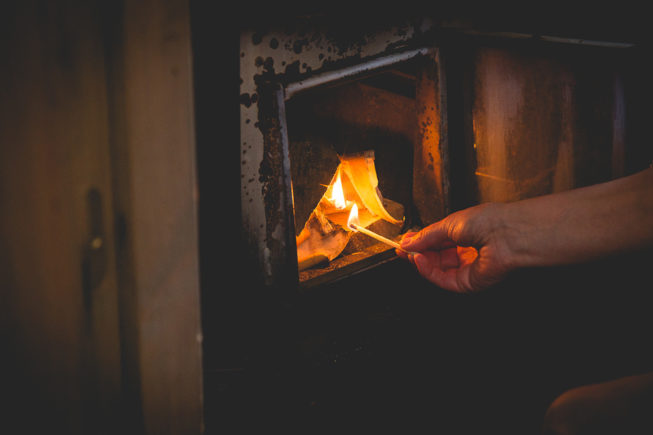
When choosing a heater, power is one determining factor. It is also important to pay attention to the number of stones in the heater and its height. The number of stones should be proportional to the size of the sauna: the bigger the steam room, the more the number of stones. A larger stone volume enables flexible use of the sauna, as the stones serve as an additional source of heat. The heater does not need to be warmed up at full capacity all the time to ensure that there is plenty of steam. Research shows that this can save energy if the temperature is lowered at the same time.
Good saunas keep the oxygen flowing
According to Liikkanen, paying attention to the air quality in the sauna is the most difficult part of the design process. “Since air quality cannot be seen, it is easy to forget about. But if the air quality isn’t controlled, you won’t get proper steam in the sauna. This way you won’t be able to stay there for more than a few minutes,” Liikkanen says.
There are two general ventilation solutions for saunas: mechanical ventilation and gravity ventilation, i.e. natural ventilation. There are clear research-based recommendations for mechanical ventilation. Fresh air blown into the sauna above the heater, and the circulated air leaves the sauna from under the benches. In the case of natural ventilation, it is more difficult to adhere to the same principles. The solution is to follow tried and tested solutions that are designed case-specifically.
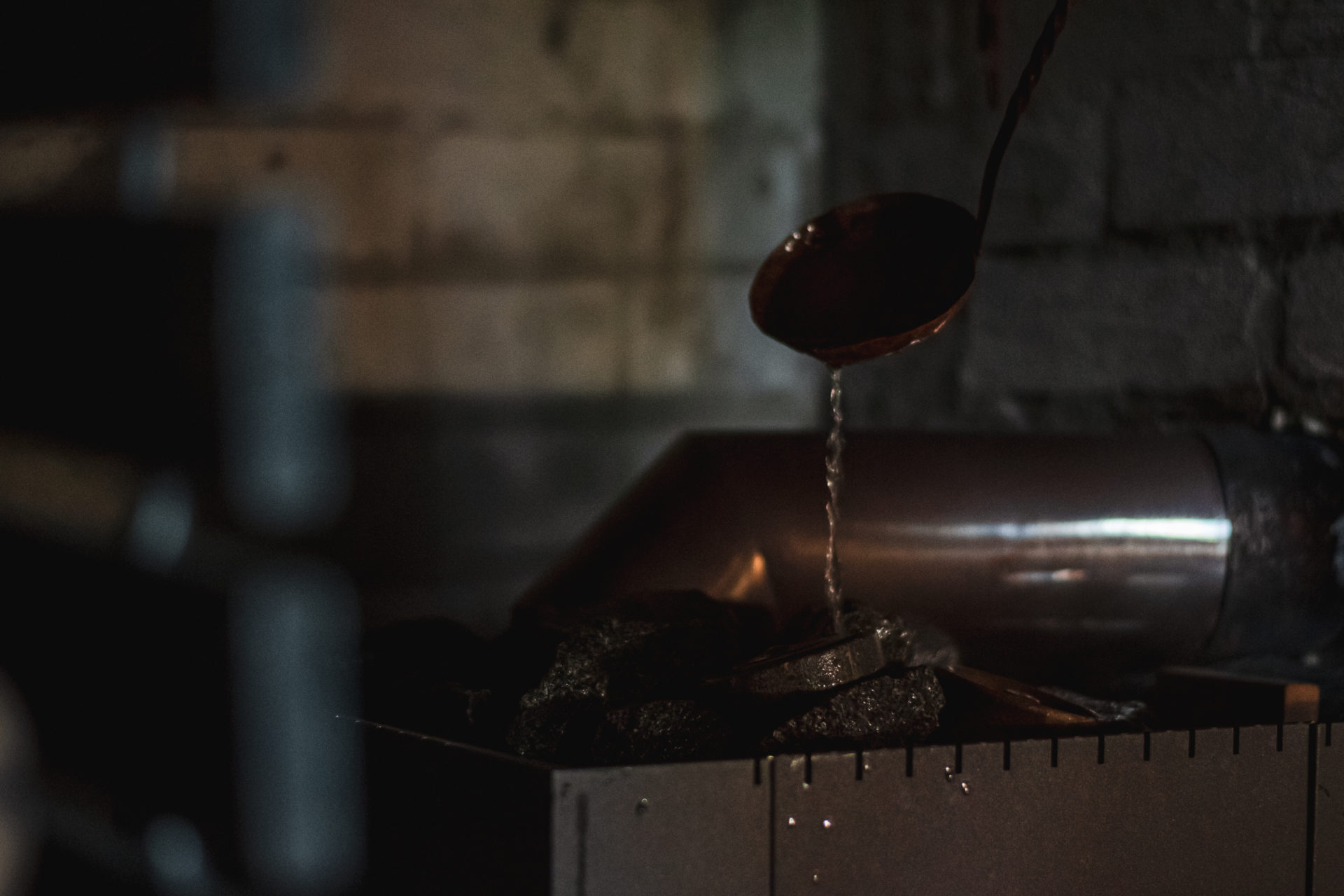
Good ventilation is not just pleasant for the sauna users. Inadequate ventilation increases hygiene problems and accelerates the rotting of wooden structures if the sauna cannot dry out properly after use.
Into the ‘steam pocket’
The most visible parts — the ceiling, floor, walls, window, and the benches — all have a role to play in the sauna. For example, with a tiled floor it must be ensured that the anti-slip classification of the floor tiles is suitable for wet rooms.
The benches and ceiling are the most important in terms of steam. A well-working model is to place the bench levels clearly higher than the heater. It makes it easy for the bathers to fit within what Finns call the löylytasku, the ‘steam pocket’, right up their toes. This term refers to the relatively even-temperature part of the sauna, where the heat spreads evenly throughout. The height at which the steam pocket is formed depends on the ventilation, the heater and the heating time. The well-established guideline is to follow ‘the law of steam’ and to make benches higher than the heater. However, the ceiling must be sufficiently low, no more than about 120 cm above the upper bench.
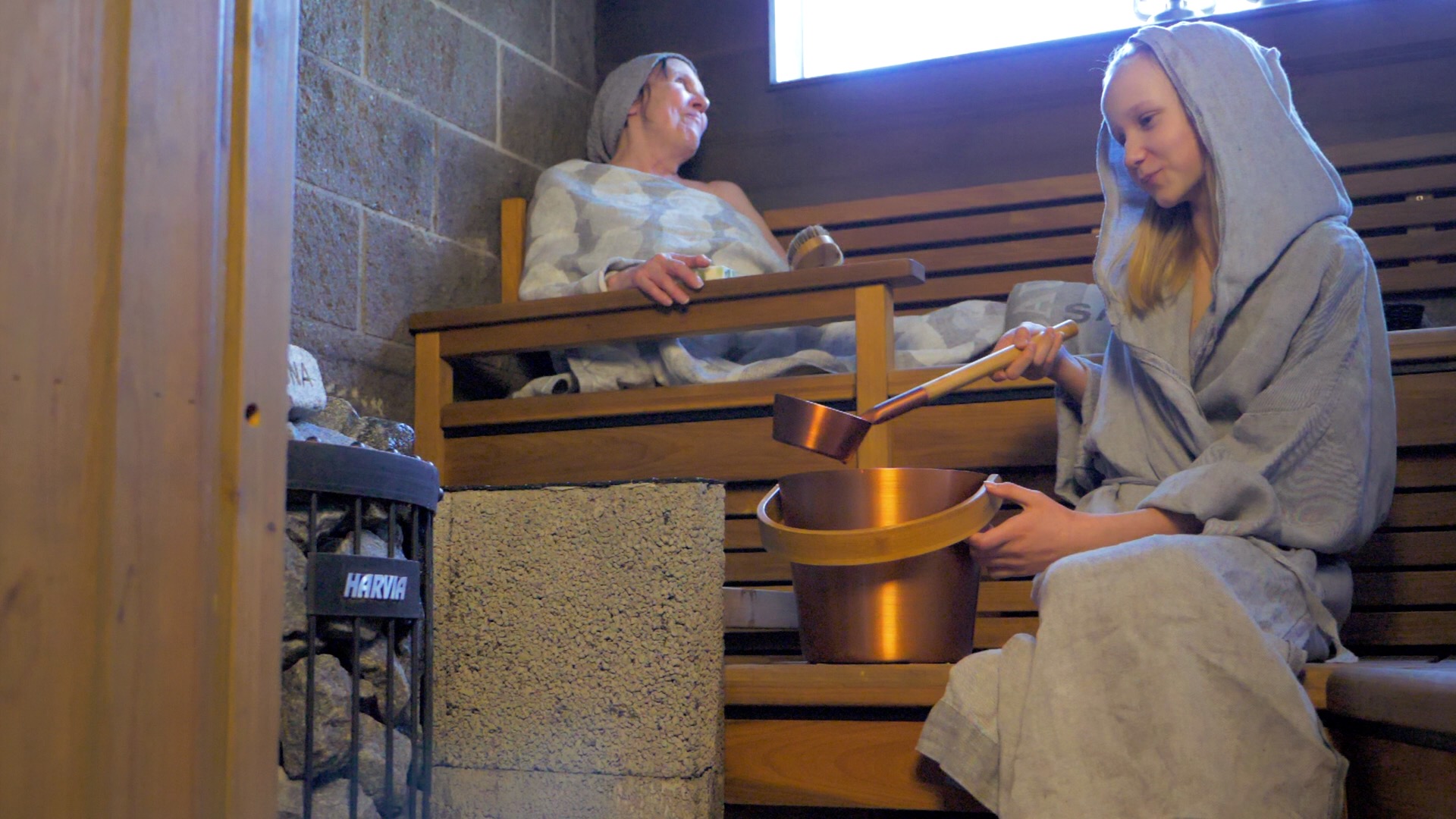
In addition to having an impact on the steam experience, the design of the interior of the sauna also affects other features of the space. Safety, accessibility, usability, cleanability and serviceability are all factors to consider when designing a sauna. The more frequently the sauna is used, the more important it is to take care of all these factors, or they will become a surprisingly large expense.
Who is Lassi A. Liikkanen?
Adjunct professor of technology, sauna designer, non-fiction writer
- Liikkanen runs the Saunologia.fi-website, which provides information to assist in sauna design.
- He provides expert services for sauna experience service design and technical consulting on sauna design.
- His book Secrets of Finnish sauna design is a guide to the design and planning of the sauna.
Read more about designing a Finnish sauna here.
Cover photo: Original Sokos Hotel Lakeus
